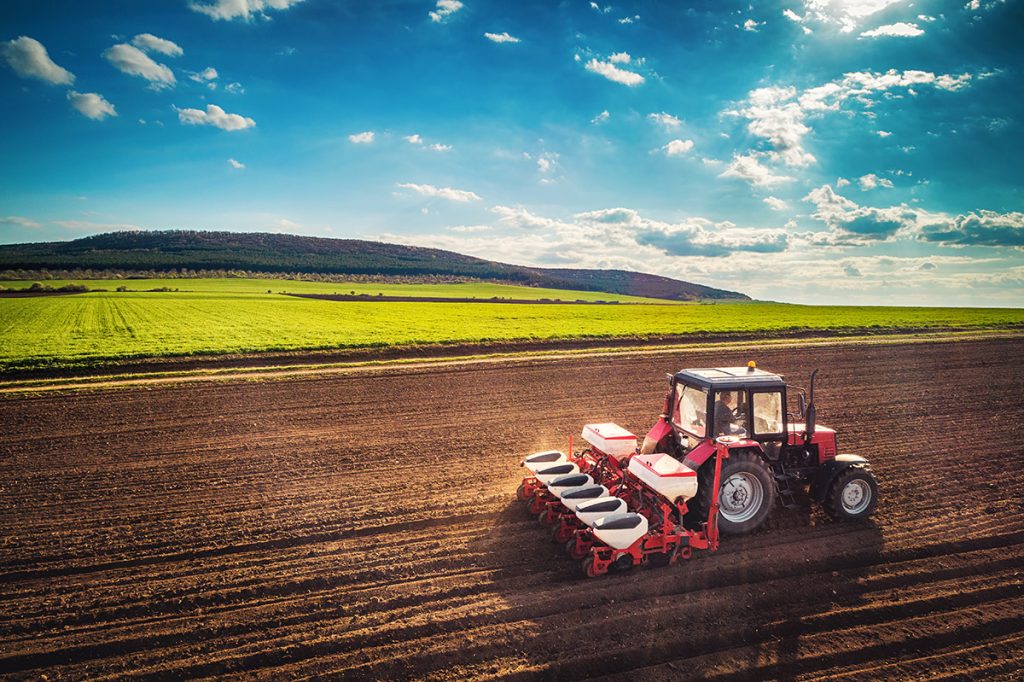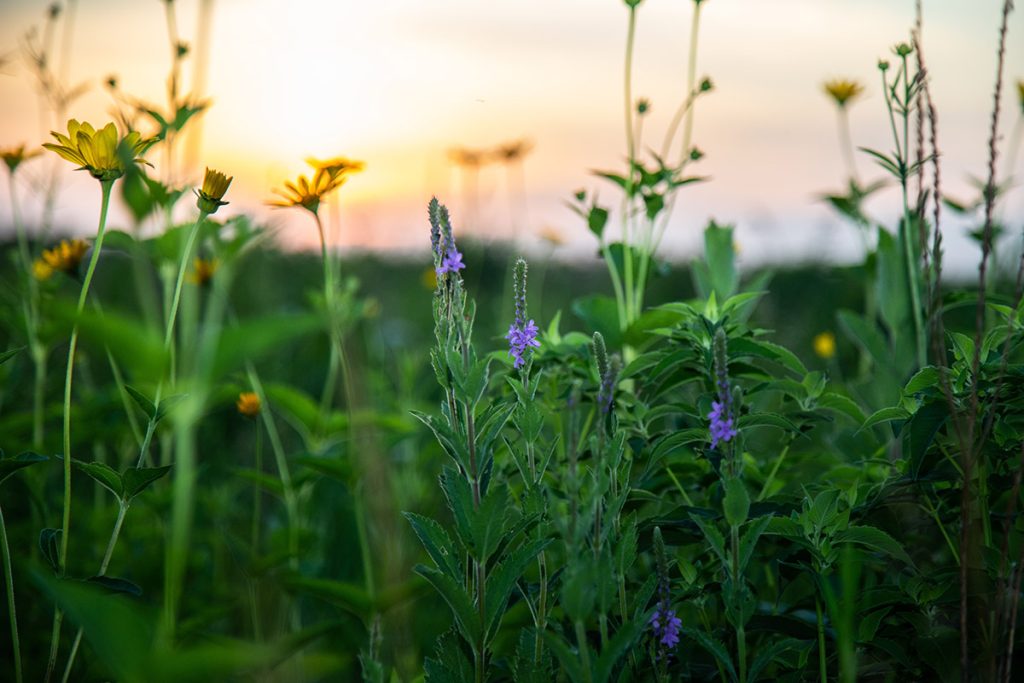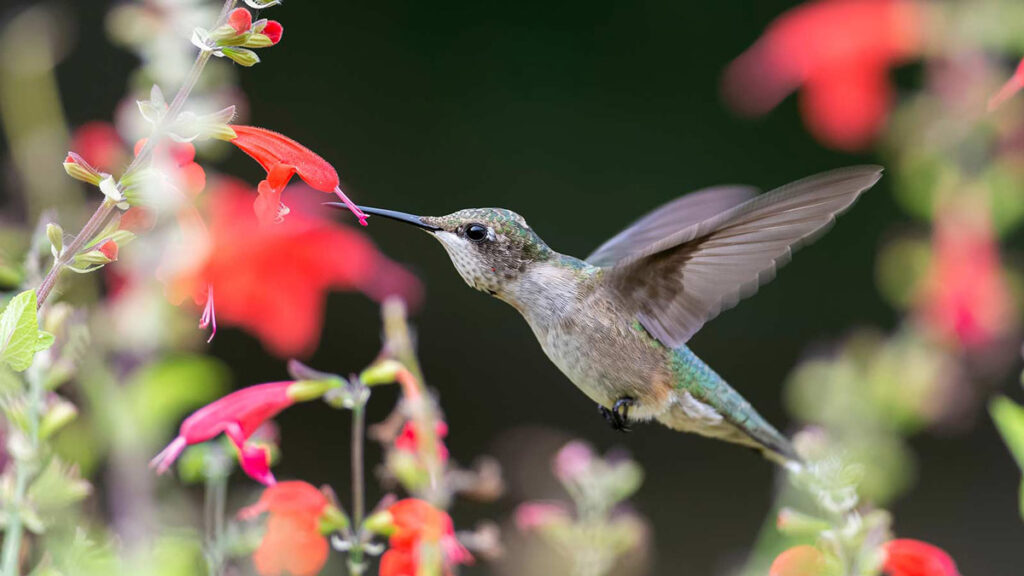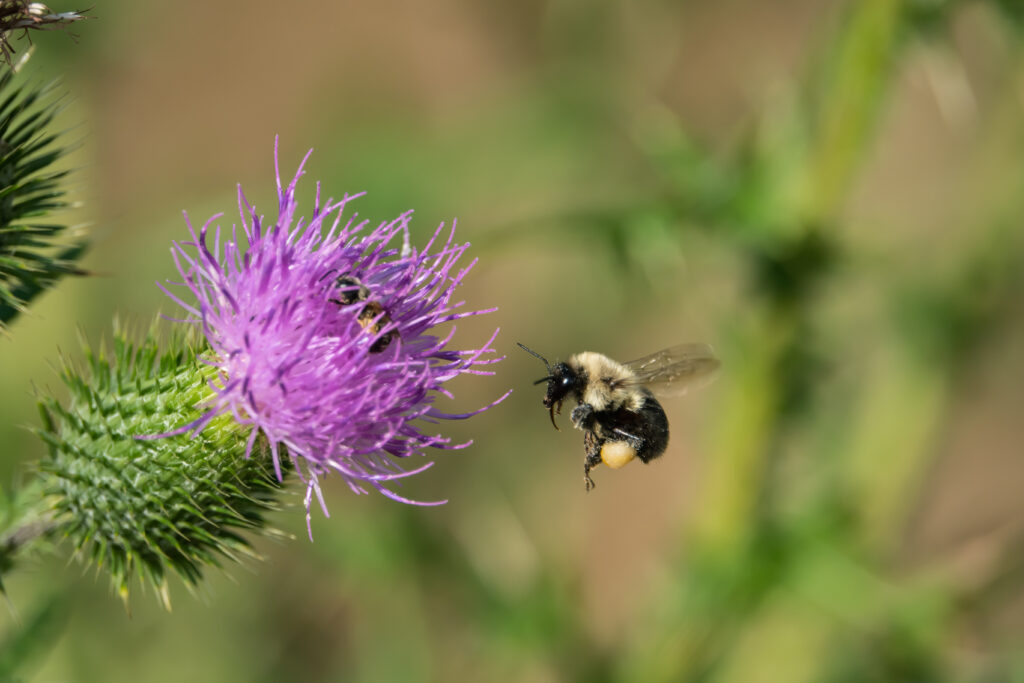How Does Grass Improve Your Soil?
Through the Conservation Reserve Program (CRP) and other conservation efforts, vulnerable soil that is critical to our country’s agricultural future can be effectively restored. There are many CRP practices that can be implemented to reduce soil erosion and enhance soil health on your farmland. But grass establishment, in particular, provides a number of improvements to […]
How Does Grass Improve Your Soil? Read More »










